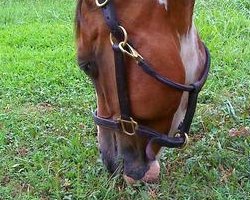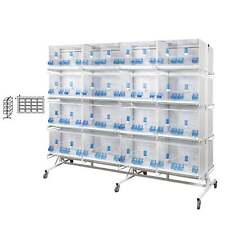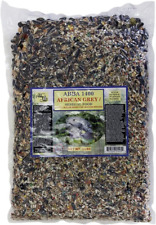Equine Anhidrosis Risk Factors Revealed
Anhidrosis, also known as "drycoat syndrome" or "non-sweating disease" results in the affected animal having very little or no sweat , an elevated pulse and a high body temperature. Recovery after exercise is therefore slow and horses may be unable to work in very high temperatures. It is widely assumed among horse owners that anhidrosis is a condition that is more likely in hot and humid environments, but little research has previously been carried out as to why some horses acquire the condition and others don’t.
A new study by the University of Florida’s College of Veterinary Medicine, published in the May 15th edition of the Journal of the American Veterinary Medical Association, aimed to estimate the prevalence of anhidrosis and identify risk factors associated with the condition. Over 4,600 animals took part in the study, which consisted of a questionnaire mailed to farm owners and managers.
The results of the study indicated that horses were twice as likely to contract anhidrosis at farms located in central Florida, and four times more likely in southern Florida, as compared to farms in northern Florida. Ranch operations enjoy the lowest level of anhidrosis, with horses in showing operations being five times more likely and horses in riding instruction operations being fifteen times more likely to develop the condition. Thoroughbreds and warmblood horses were significantly more likely to develop anhidrosis than other breeds, as were those horses foaled in the west or mid-west regions of the United States. A family history of the condition also significantly increased a horse’s chances of developing it.














